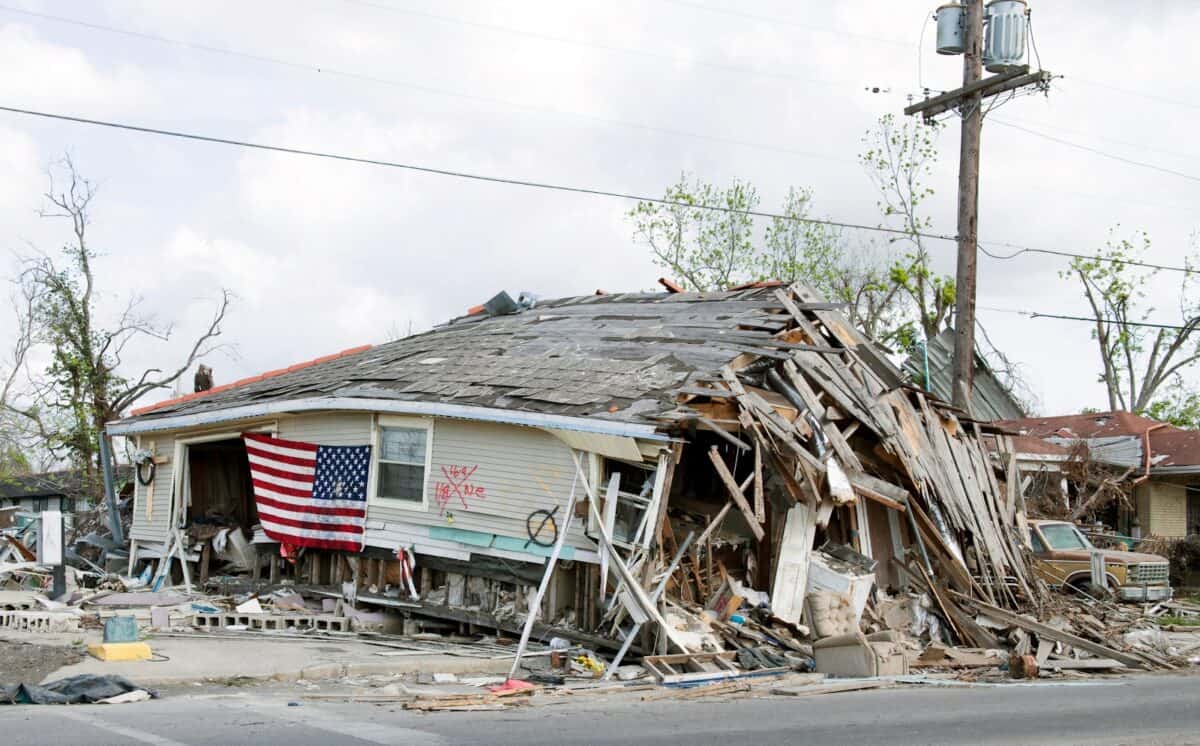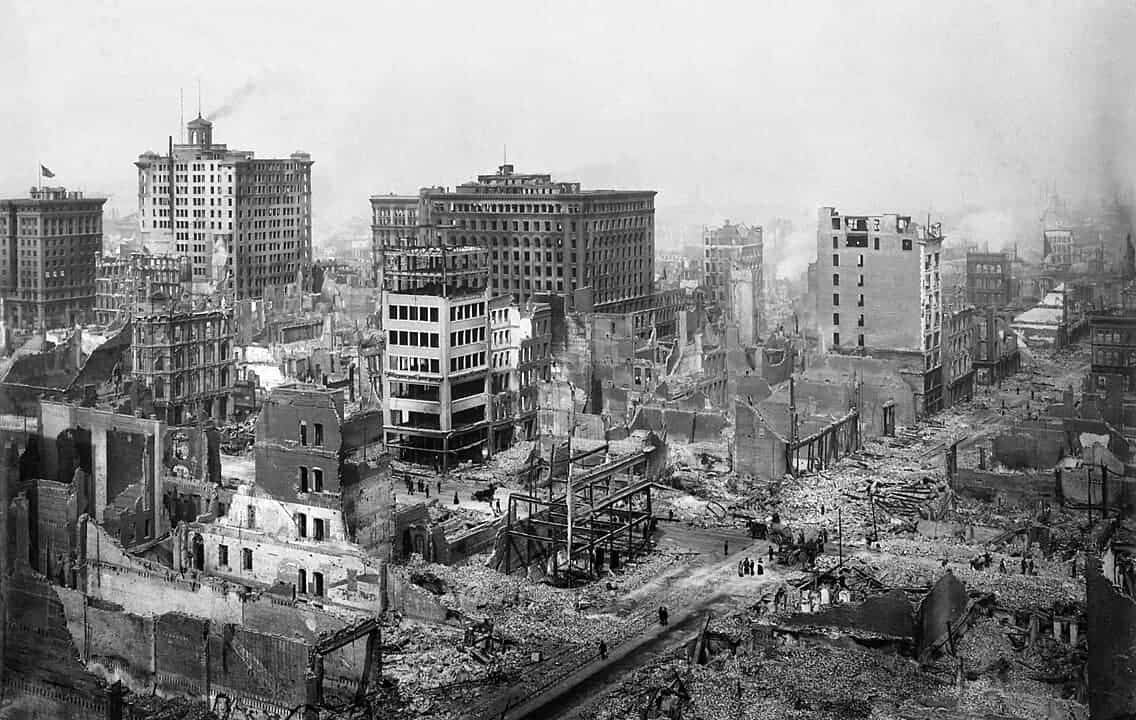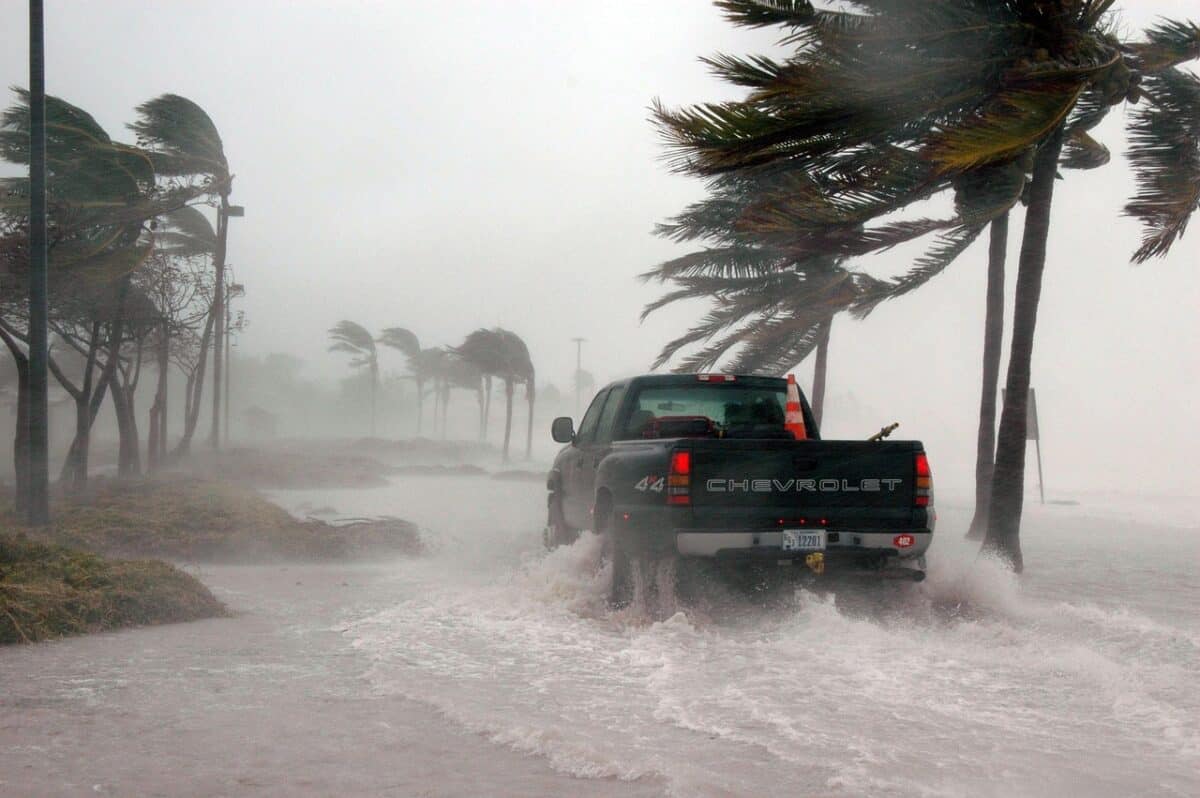When nature’s fiercest forces collide, the consequences can be both fascinating and devastating. Hurricanes and wildfires are two distinct natural disasters with their paths of destruction. Yet, when they intersect, the outcomes can be unpredictable, capturing the attention of meteorologists, environmental scientists, and the general public alike. This article delves into the dynamics of what happens when a hurricane meets a wildfire, highlighting expert insights and exploring the implications for affected regions.
Understanding Hurricanes Nature’s Powerful Storms

Hurricanes are intense tropical storms that form over warm ocean waters. Known for their destructive winds, heavy rains, and storm surges, hurricanes can cause extensive damage to coastal communities and ecosystems. These storms typically move westward and northward due to the Earth’s rotation and atmospheric conditions, gaining strength from the warm sea surface temperatures.
The Anatomy of a Wildfire

Wildfires, in contrast, occur over land and are driven by dry conditions, strong winds, and abundant fuel sources like dry vegetation. They can rapidly spread across large areas, destroying everything in their path. Wildfires are common in regions with hot, dry climates and can be ignited by lightning, human activity, or other natural phenomena.
What Happens When Hurricanes and Wildfires Meet?

The interaction between hurricanes and wildfires is complex and relatively rare. Hurricanes bring moisture and rainfall, which can help extinguish wildfires by soaking the dry vegetation. However, the strong winds associated with hurricanes can also fan the flames, causing wildfires to spread more aggressively before the rain arrives.
Case Studies Past Encounters

Historically, there have been instances of hurricanes impacting wildfire areas. For example, in 2020, Hurricane Sally provided much-needed rainfall to areas affected by the western U.S. wildfires, damping the flames. However, the hurricane’s winds initially exacerbated fire conditions before the rains arrived.
Meteorological Perspectives

Meteorologists highlight the complexities involved when these two systems interact. The overall impact depends on factors like the timing, intensity, and path of both the hurricane and the wildfire. Typically, the rain from hurricanes can help, but if the winds precede the rain, it can lead to disastrous outcomes.
Ecological and Environmental Implications

The interaction of hurricanes and wildfires can significantly impact local ecosystems. While rain can regenerate plant life and reduce wildfire risk, the immediate effects of high winds can damage habitats and wildlife. Post-event, the affected environments often require significant time for recovery and stabilization.
Preparing for the Unexpected

Emergency services and local governments in hurricane and wildfire-prone areas must plan for potential intersections of these natural disasters. This includes developing robust evacuation plans, improving communication systems, and ensuring sufficient emergency resources are available for diverse scenarios.
Climate Change A Catalyst for Increasing Interactions?

Climate change is believed to increase the frequency and intensity of both hurricanes and wildfires. Warmer oceans contribute to stronger hurricanes, while hotter, drier conditions exacerbate wildfire risks. As a result, the likelihood of these extreme weather events interacting may rise, prompting a need for heightened awareness and preparedness.
Scientific Research and Modeling

Ongoing scientific research and advanced modeling are crucial in predicting and understanding the interaction between hurricanes and wildfires. Researchers are developing models to simulate these events, helping improve forecasting accuracy and readiness strategies for at-risk regions.
Public Awareness and Education

Raising public awareness about the potential for hurricanes to impact wildfires is vital for community preparedness. Education campaigns can inform residents about the steps they can take to protect themselves and their properties in the event of these overlapping disasters.
Technological Advances in Disaster Response

Technology plays a critical role in managing and responding to hurricanes and wildfires. Innovations in satellite imagery, weather forecasting, and drone technology significantly enhance monitoring capabilities, enabling quicker and more effective emergency response efforts.
A Call for Collaborative Solutions

As the challenges posed by the intersection of hurricanes and wildfires become more apparent, collaboration between scientists, government agencies, and communities is essential. Sharing resources, expertise, and information ensures a collective approach to addressing and mitigating these complex environmental events.
Conclusion: Navigating Nature’s Fury

The collision of hurricanes and wildfires illustrates the unpredictable and volatile nature of our planet’s climate systems. While each disaster brings unique challenges, their intersection calls for a concerted effort in understanding, preparation, and response. By fostering collaboration and leveraging scientific advancements, we can better prepare for the convergence of these formidable forces, ultimately safeguarding communities and ecosystems from their devastating impacts.
- What Happens When a Hurricane Meets a Wildfire? Experts Weigh In - August 10, 2025
- 13 Reasons Rescue Dogs Deserve a Second Chance - August 10, 2025
- 14 Things No One Tells You About Owning a Gecko - August 10, 2025

